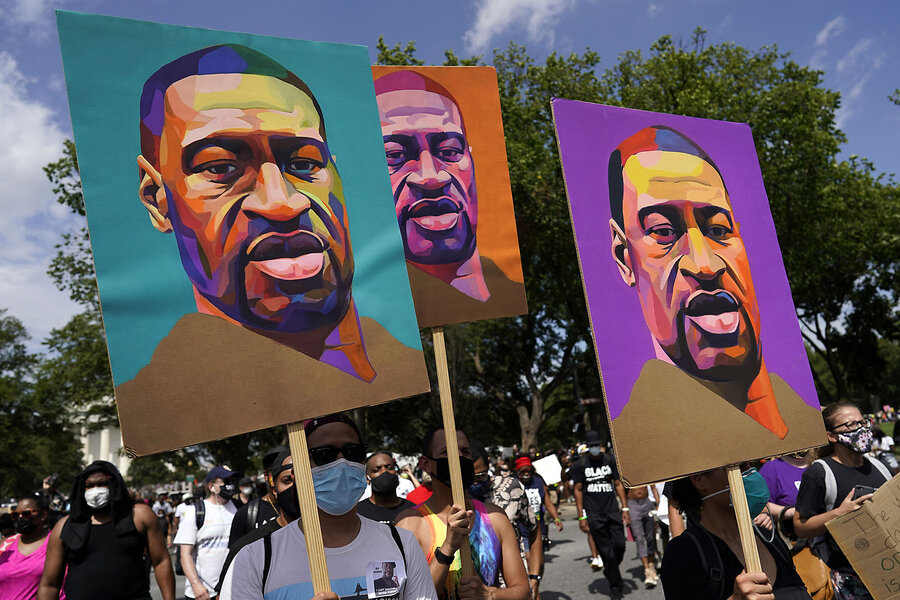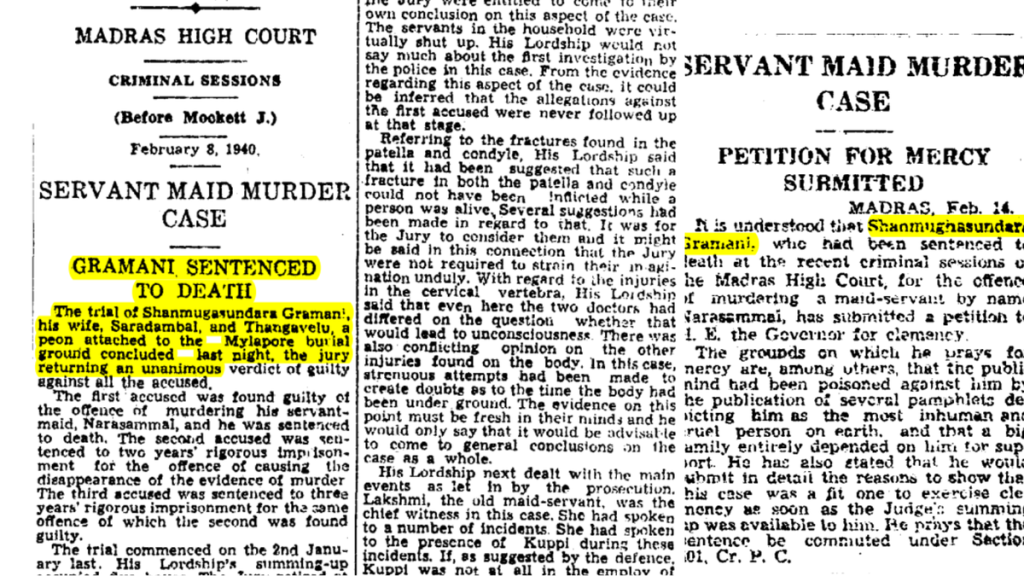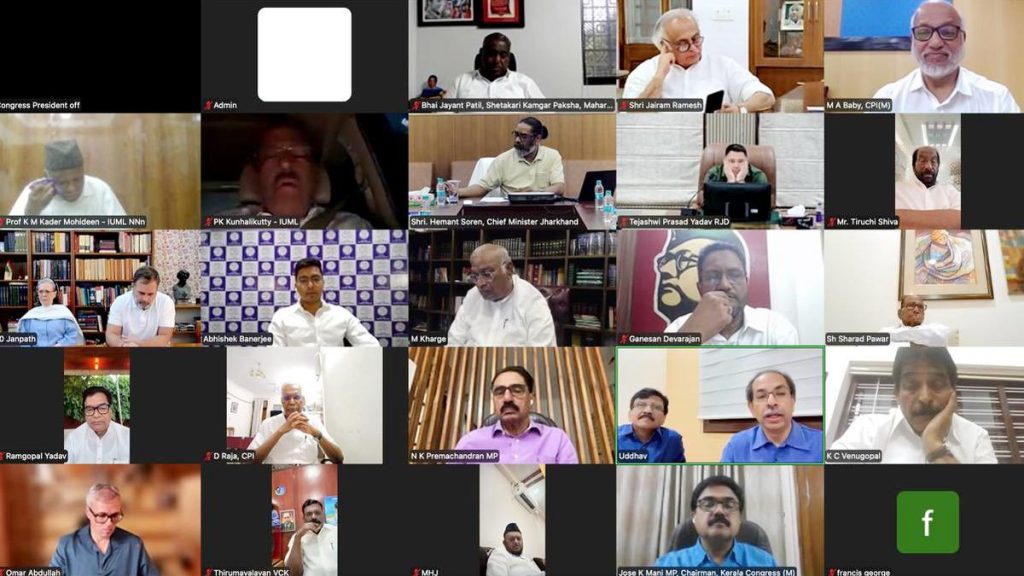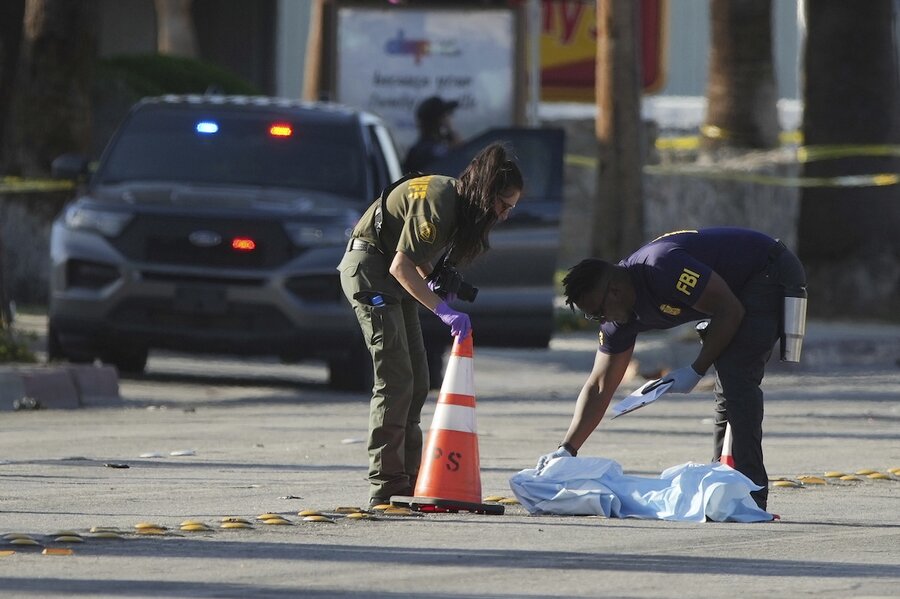Now Reading: George Floyd’s Murder: Has America’s Reckoning on Race Led to Change?
-
01
George Floyd’s Murder: Has America’s Reckoning on Race Led to Change?
George Floyd’s Murder: Has America’s Reckoning on Race Led to Change?

Quick Summary
- Troost Avenue in Kansas City is widely regarded as the city’s racial dividing line, separating predominantly Black neighborhoods (90% Black, average incomes $30K-$50K) from affluent, majority-white areas on the west side.
- This divide stems from mid-20th century zoning and housing policies such as redlining and racially restrictive covenants introduced by local developer J.C. Nichols. These policies continue to influence disparities in schools, income, crime rates, transportation access, and generational wealth.
- The George Floyd protests of 2020 brought momentum for change; efforts included book clubs discussing racism and white privilege and initiatives to rename landmarks tied to racist histories (e.g., Nichols Parkway).Community-led movements sparked solidarity gestures but momentum faded over time due to backlash against perceived overreach or “wokeness.”
- National milestones ensued after Floyd’s murder: Juneteenth becoming a federal holiday, Confederate symbols being removed across the U.S., corporate DEI initiatives gaining traction briefly before facing criticism for racial justice “overreach.” By 2023-2025, backlash led states like Kansas and missouri to dismantle DEI programs amidst political polarization. Trail markers like Washington’s Black Lives Matter Plaza were demolished during this shift.
- Local efforts still persist within communities despite these challenges-for example through thrift shops welcoming diverse groups on Troost Avenue-and small pockets expressing commitment through grassroots activities or educational celebrations like Juneteenth.
Indian Opinion Analysis
The case study of Kansas City showcases how historical segregation driven by discriminatory zoning practices like redlining continues influencing societal structures decades later-an issue relevant globally when examining urban progress histories. Policy-induced divides along Troost Avenue are comparable to urban inequalities seen in Indian cities where socio-economic stratification often follows lines drawn by caste-based housing clusters or economic disparity between slums versus gated colonies.
India may draw insights from Kansas City’s experience with community-driven movements aimed at bridging divides created by systemic discrimination post-Floyd protests-but also learn cautionary lessons from retreating public support amid polarizing narratives surrounding progressivism vs “overreach.” For India too scattered activism sometimes risks fragmentation when extensive pushback derails longer-term equity goals reconciliation pathways rooted multilayered impacts reflecting residential-school inequality require micro-rural inclusive auditing-designed solutions ever archiving national-level impact effects contextual community beings centered counter inertia thriving empowerment networks future holistically sustainable-tailored needs Read scenario lessons resonate significance leadership frameworks confronting nuanced requires prioritized consistent pragmatic actionable systems ensures tackling deeply entrenched discrimination barriers embeds true healing pathways future forging unity Read More

























